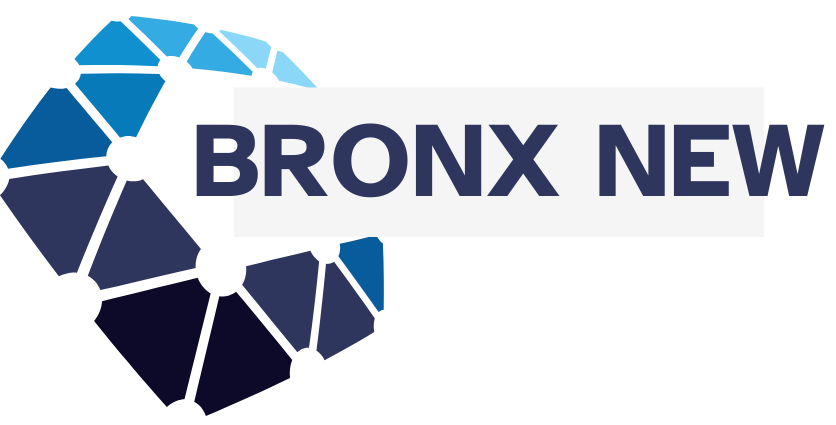When starting to invest, choosing the right account is crucial. This guide will walk beginners through the best investment accounts available, along with insights on choosing a broker, diversifying the portfolio, and understanding fees. Don’t feel overwhelmed; starting with the basics will make the process easier and help build a secure financial future.
Understanding Basic Investment Accounts
Understanding Basic Investment Accounts
Investment accounts are essential tools for anyone looking to start investing. These accounts serve as a place to hold the different types of investments you purchase, such as stocks, bonds, or mutual funds. When you’re new to investing, it’s important to understand the basic types of accounts available. This knowledge helps in making informed decisions that align with your financial goals.
Types of Basic Investment Accounts:
- Individual Brokerage Accounts: These are standard accounts allowing you to invest in a variety of assets. They offer flexibility, as there are no restrictions on how much you can deposit or withdraw. However, you’ll need to pay taxes on any earnings from these accounts.
- Retirement Accounts: Options like IRAs or 401(k)s are designed to help you save for retirement. Contributions can be tax-deductible depending on the account type, but there are rules around when you can withdraw the funds.
- Education Savings Accounts: Accounts like 529 plans are used to save for education expenses. These accounts offer tax advantages and can be a great tool for planning future education costs.
Each account type has its own set of rules and benefits. Consider your investment goals and tax situation when choosing the right account for your needs. Understanding the purpose and function of these accounts is a crucial first step in your investment journey.
Choosing the Right Broker

When it comes to Choosing the Right Broker, several factors should be considered to ensure you make a decision that aligns with your investment goals. Consider the type of investments you are interested in; not all brokers offer the same range of options. For example, if your focus is on stocks trading, check if the broker provides a diverse selection, including blue-chip stocks, IPOs, and international shares.
It’s vital to examine the fees associated with transactions. Some brokers offer fee-free trading, but others might charge per trade or impose account maintenance fees. Ensure you understand these costs since they can affect your overall investment returns.
Tools and Resources
Look for brokers offering educational tools and resources, particularly if you’re a beginner. These might include tutorials, webinars, and real-time data analytics that can enhance your trading knowledge and skills. Having access to a user-friendly platform with reliable customer support can make a significant difference in your learning curve and overall experience.
Furthermore, consider the broker’s reputation and reliability. Check customer reviews and regulatory status to ensure your investments are in safe hands. A well-established broker will typically have a transparent track record and adhere to industry standards.
Lastly, consider any additional features that might benefit you, such as mobile trading apps, flexible withdrawal options, or access to specialist markets. These small details can play a role in how effectively you manage your investments and seize new opportunities.
Diversifying Your Investment Portfolio
Diversifying your investment portfolio is crucial for minimizing risks and maximizing returns. When you’re just starting, it’s important to understand the different asset classes available to you. These include stocks, bonds, real estate, and mutual funds.
Stocks represent ownership in a company and have the potential for high returns. However, they can also be volatile. Bonds, on the other hand, are typically more stable and provide regular interest payments.
Real estate investments can add another layer of diversification by providing both rental income and potential appreciation in value. Mutual funds offer a way to invest in a diversified portfolio with a single purchase, managed by professional fund managers.
Consider including a mix of these assets in your portfolio to balance risk. Exchange-traded funds (ETFs) are another option that can offer broad market exposure and typically carry lower fees than mutual funds.
Asset allocation is the strategy you use to distribute your investments among different asset categories. By regularly rebalancing your portfolio, you ensure that it aligns with your financial goals and risk tolerance.
Geographic diversification involves spreading your investments across different countries and regions. This helps mitigate risks associated with a single market’s economic or political instability.
Using investment accounts like IRAs or Roth IRAs can also provide tax benefits that increase your overall returns. Understanding the role of these accounts and how they fit into your investment strategy is essential for maximizing growth.
Managing Risks and Understanding Fees

Managing risks and understanding fees are crucial components for beginners diving into the world of investments. When managing risks, it is vital to assess your risk tolerance to align with your financial goals. Consider diversifying across various asset classes to mitigate potential losses. This strategy spreads your investments, so the impact of a poorly performing asset is lessened.
Being aware of the fees associated with investment accounts is equally important. Common fees include trading fees, account maintenance fees, and management fees. Trading fees can differ greatly between brokers, making it essential to choose a broker with competitive rates for the type of trading you anticipate. Account maintenance fees may apply, so select an account that matches your activity level and investment style.
Management fees, often seen in managed accounts or mutual funds, can impact your returns significantly over time. It’s important to review the fee structure and compare options across different platforms to select the most cost-effective solution for your investment needs.
Understanding both the risks and fees helps shape a more informed investment strategy, leading to better decision-making and potentially higher returns in the long run. Remember, being informed and proactive are key to mastering the art of investing.





